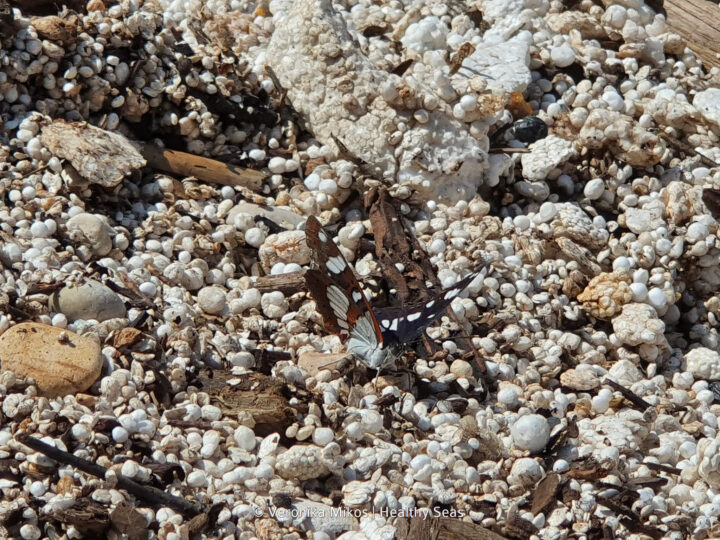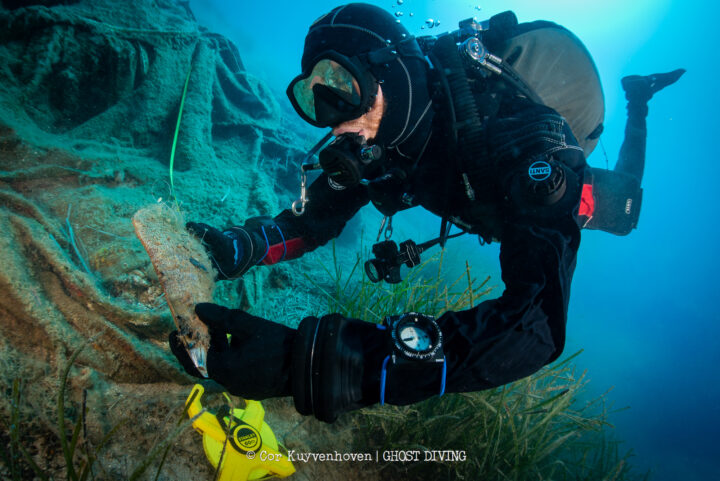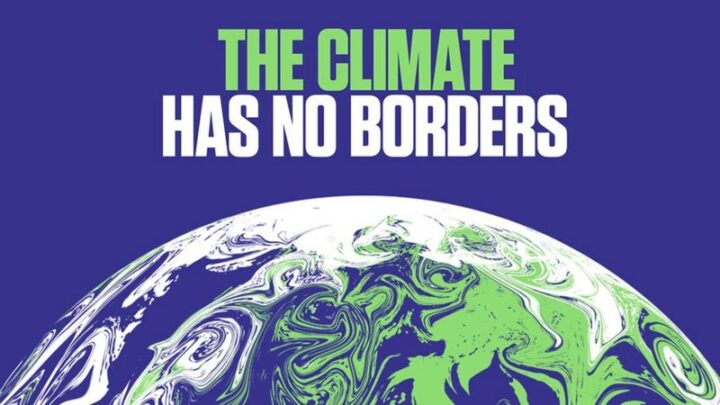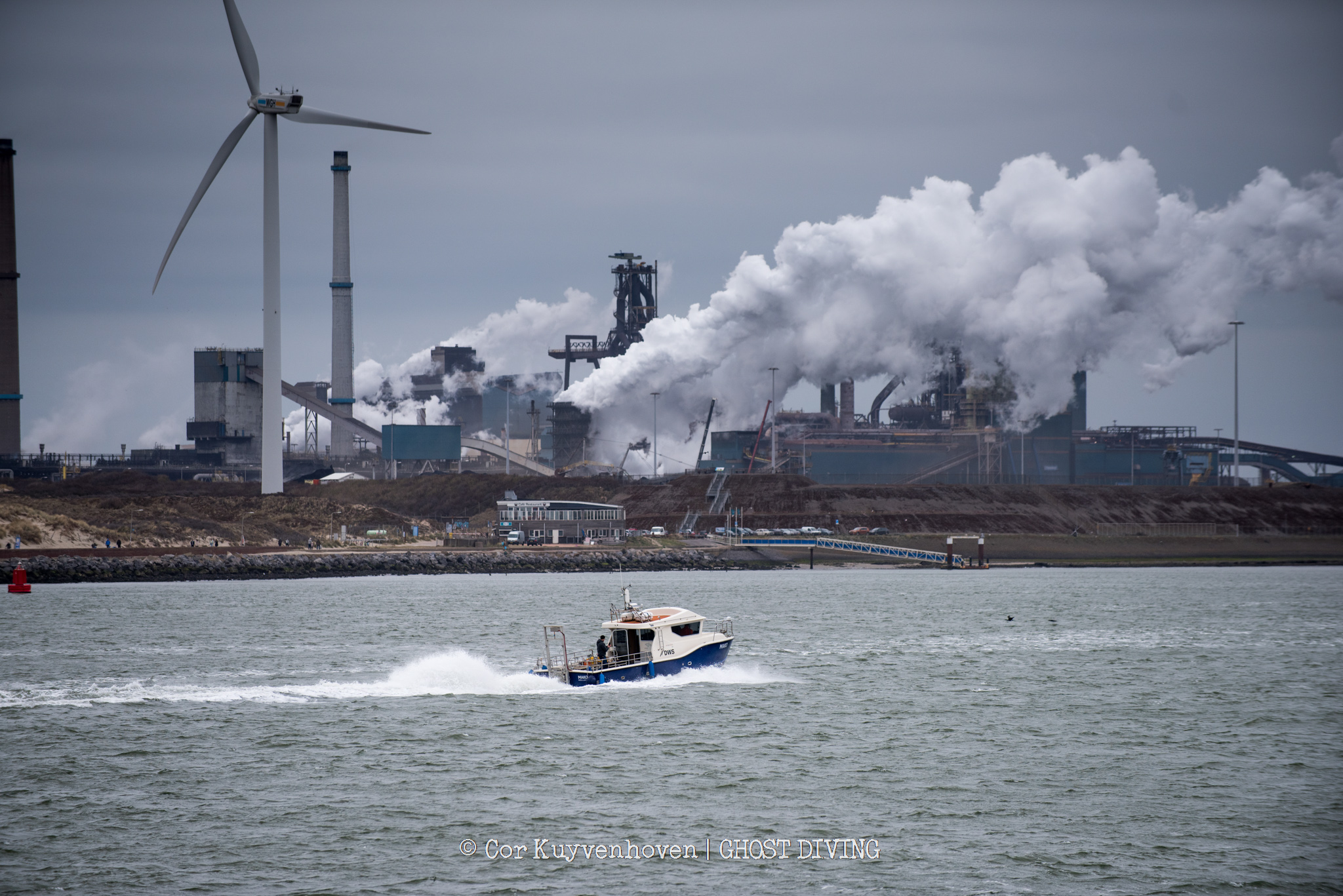We have witnessed unprecedented floods, wildfires, and hurricanes around the world in the last few decades. Every year, it is getting visibly warmer and extreme weather phenomena, all across the globe, are becoming impossible to ignore any further.
Knowledge of climate change has been with us for decades, yet our world operates in very much the same way as it used to, sourcing energy largely from fossil fuels – the culprit of climate change. Focusing on economic growth, humanity has removed itself from Nature, whilst relying on Nature’s capacity to mitigate any issues that we cause. It is now clear, more than ever, that we have surpassed Nature’s limits to keep the Planet healthy.
Can things change for the better? Is it truly possible to cap global warming to 1.5 ° C by 2030, as per the Paris Agreement? What part do environmental organisations such as Healthy Seas play in the fight against climate change?
The Ocean covers over 70% of our Planet, which means it also suffers most from the effects of climate change.
Increasing amounts of greenhouse gases are changing more than just the sea temperature. They are also causing ocean acidification (i.e. higher CO2 absorption is decreasing the pH of the water) and deoxygenation (i.e. warmer water holds less dissolved oxygen), which in turn affect the chemistry of the ocean, its circulation, raise the sea level, increase the occurrence of extreme weather phenomena and directly affect marine biodiversity and species distribution1.
Yes, plastic contributes to climate change!

Foam beads on a beach
Climate change is the number one threat to the Ocean, which is already struggling from overfishing, habitat loss, chemical pollution, noise pollution, marine litter. These threats have a cumulative effect on ocean health, speeding up biodiversity loss2, often, through synergistic action. Take plastic for example – it can kill marine life through entanglement, drowning, toxicological effects and many more. What makes plastic even more dangerous, is the fact that it contributes to climate change. This happens through several pathways:
- Plastic is derived from naphtha, a chemical derived from petroleum (= fossil fuel). Every time plastic nurdles3are produced, more greenhouse gases are released into the atmosphere.
- Plastic breaks down to microplastics, which enter and alter the carbon cycle with direct effects on primary production (plants, algae), both on land and sea. In phytoplankton, the ultimate marine primary producer, plastic causes growth restriction4. Once primary production is affected, the productivity of the whole marine ecosystem is affected.
- Microplastics also end up in the marine (and human) food chain having toxic, or worse, lethal effects on invertebrates, fish, marine mammals, seabirds. This reduces the marine ecosystems’ resilience and adaptation capacity to climate change.
What Healthy Seas is doing to fight climate change

Marine Biologist Erik Wurz conducts research on Posidonia seagrass and Pinna nobilis
Healthy Seas recognises the importance of acting against climate change and finding environmentally friendly solutions to both waste and the damage the current linear economy model is causing to the planet. Healthy Seas therefore directly aligns its actions with Sustainable Development Goal 13 – Climate Action – by:
- Removing plastic ghost gear (and other waste) from the environment. Ghost gear is collected by volunteers from organisations such as Ghost Diving, during challenging underwater missions, in major efforts to save wildlife and help recover marine habitats. Preliminary results from a study conducted on an abandoned fish farm in Ithaca, Greece, highlights the damage ghost gear can cause to Posidonia oceanica seagrass ecosystems, also adding to the mortality of Pinna nobilis. Both of these species are on the IUCN Red List and are protected under European Habitat Directive (1992).
- Collaborating with fishers and fish farms, supporting the recycling of end-of-life fishing nets, that would otherwise end up in the landfill, releasing more greenhouse gasses into the atmosphere.
- Promoting and raising awareness about circular economy. Healthy Seas ensures that the nets collected through its activities are regenerated by Aquafil, together with other nylon waste into the infinitely recyclable ECONYL® nylon, the basis for new sustainable products. According to Aquafil, ECONYL® regenerated nylon reduces the global warming impact of the equivalent material deriving from crude oil up to 90%!
COP

COP 26 poster – no borders
Berlin, 1995, sees the first United Nations Climate Change Conference, from then on known simply as ‘COP 1’, ‘COP 2’, ‘COP 3’…. All the way to COP 26 this year in Glasgow, UK.
‘COP’ stands for ‘Conference of the Parties’, referring to the 197 state members of the United Nations Framework Convention on Climate (UNFCC), a body that was formed in 1992 as the first internationally coordinated response to the problem greenhouse gasses emissions were causing. UNFCC meet annually since 1995, with the exception of 2020 (due to Covid-19). Since 1995, there has been some progress, but critics would argue that it is not enough to stop the global temperature rise and the catastrophic consequences that will follow worldwide.
The most important landmark of the UNFCC’s efforts came with the legally binding Paris Agreement in 2015, in Paris, France. All signatories were asked to come up with an ambitious plan of how to limit global warming, ideally under 1.5 ° C or at least 2 ° C, compared to pre-industrial levels. For reference, the world is already warmer by 1 ° C comparing with the 1750s.
So, why is COP26 so important?
As Lucy Siegel, an independent environmental journalist from the UK, explains: “One of the key jobs is for countries to submit their ‘homework’: they have to publish figures that tell the COP how much they pledge to cut their emissions by 2030.” One of the main topics to be discussed in Glasgow is how to work towards renewable energy sources, rather than fossil fuels.
What does the future hold for us and the Ocean?
Some have hope about the outcomes of the COP26 and the future it will bring. Sir David Attenborough, named the ‘People’s advocate’ for the UK Presidency of COP26, highlights its importance as “our last opportunity to make the necessary step-change” towards protecting the planet.
Some, however, are not as optimistic. Greta Thunberg recently mocked world leaders in her latest speech titled ‘Blah, blah, blah,’ suggesting that the latest 30 years have not led to any sufficient solutions to climate change, just a plethora of “empty words and promises” by governments.
It awaits to be seen whether world leaders will prioritise the Planet’s and our health with concrete actions. One thing is certain – global effort is required to halt rising temperatures and its detrimental effects. We can all play our part – from governments, to businesses, organisations and individuals.
By Gala Podgornik
Marine Biologist & Conservationist
- (IUCN, 2017)
- Why should we care about biodiversity? Because it is intrinsically connected to human health. According to a report by the World Health Organisation “Biodiversity loss can have significant direct human health impacts if ecosystem services are no longer adequate to meet social needs. Indirectly, changes in ecosystem services affect livelihoods, income, local migration and, on occasion, may even cause or exacerbate political conflict.”
- A pre-production microplastic pellet about the size of a pea
- Troost et al, 2018



